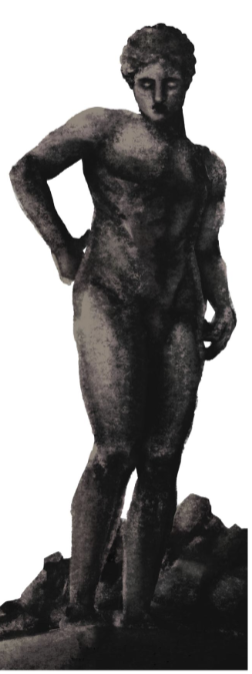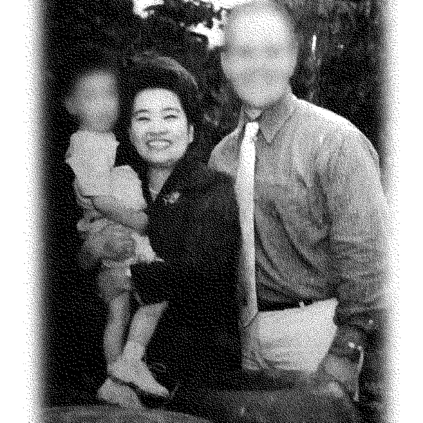The boy comes in at ten to sit again. He is a model for Hermes. The sculptress wears safety glasses and earmuffs and her bootprints leave neat trails across her studio floor. She climbs a ladder and works on a big white face. In every direction: marble torsos, marble heads, marble all over.

The boy watches. Three times this week he has woken in the sculptress’s bed and opened his eyes to the light of an unfamiliar window. The sculptress looks down at him, looks back at her work. Chink chink chink, says her chisel. Chink chink chink, chink chink chink. She tells the boy he is perfect for her project. The boy sits and smirks. He smirks because he is in love, and the sculptress, from atop her ladder, says his smirk is what she likes most about him. His smirk is just right for Hermes, god of thieves, god of speed and distant messages.
But the smirk is not right. The boy is no god. The sculptress does not tell the boy, but when she chisels away at the nose, when she carves the fullness of the lower lip, she does not think of the boy’s nose and lip but of the nose and lip of a man she would like to make exist. Because with each stroke of the hammer, the sculptress thinks of the boy mispronouncing synecdoche; thinks of how his swaggered walk is clearly forced; thinks of that terribly embarrassing way he pouts when she is unimpressed by his poetry. The boy is no god. Here’s Hermes: curly-haired, marble, seven feet tall. The boy is not marble or seven feet tall.
The sculptress wipes the back of a glove across her brow. She studies the face of the god she has made, and Hermes glows with something like gratitude. “He’s finished,” the sculptress says. “How do you know?” asks the boy. She says she just knows. One gets a feel for these things. But there’s more to it than that, of course. Hermes is finished, and she knows he is finished because all his imperfections are on the floor. The sculptress, for all her accolades, has just two skills: she locates something she doesn’t like—and then she destroys it.
-Cal Barton


